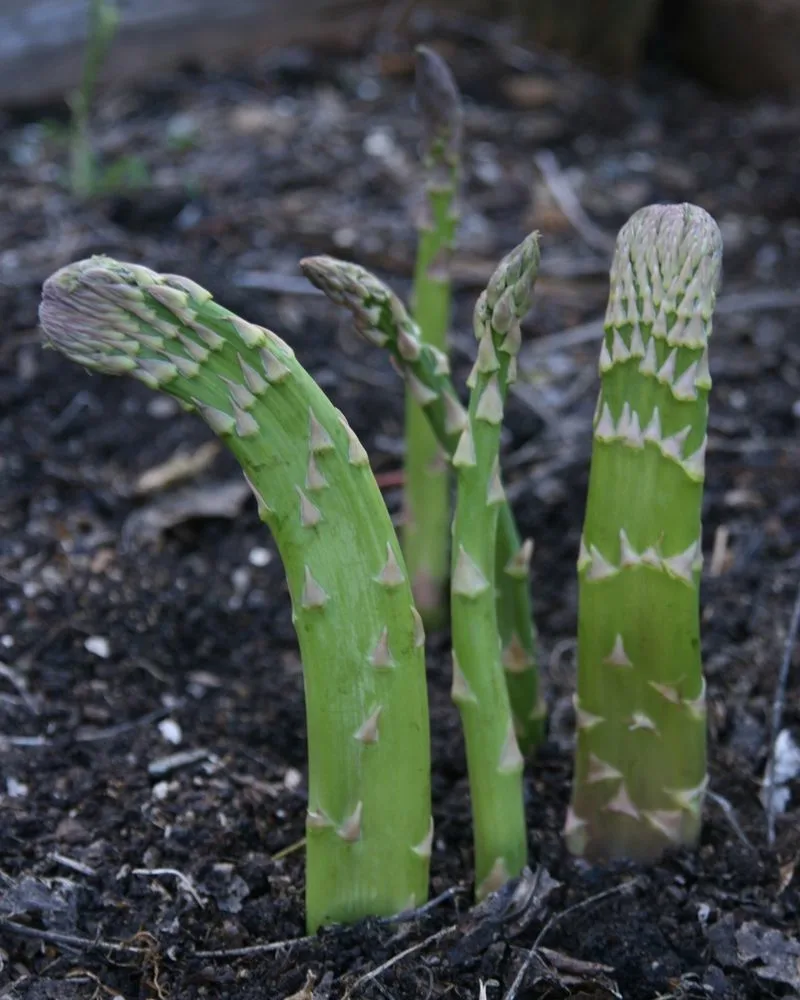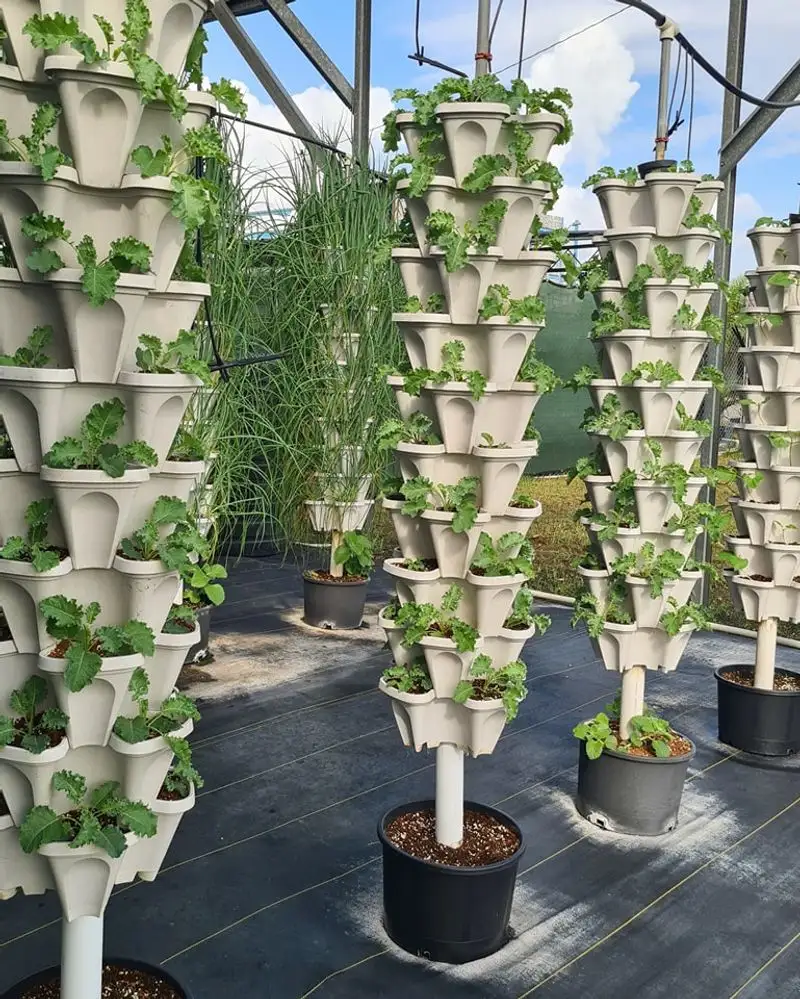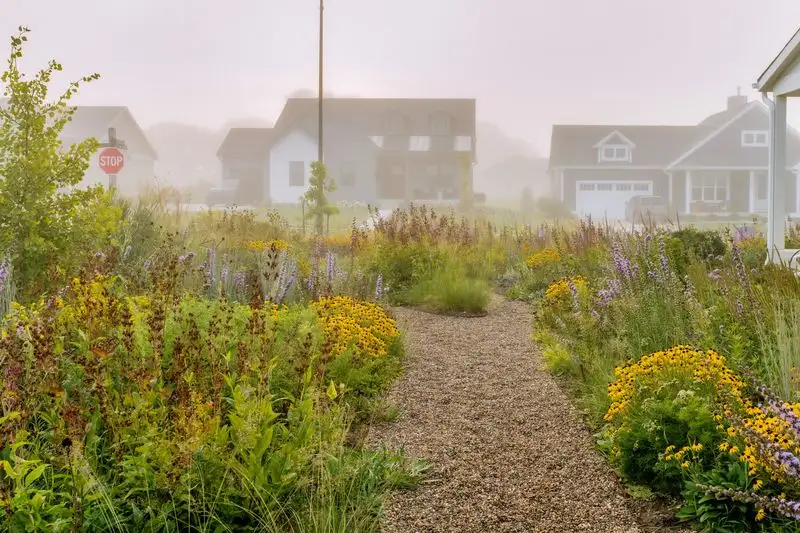Sometimes the simplest design shift changes everything. When I started planting in circles instead of rows, I wasn’t expecting much—just a fun experiment. But what followed surprised me: healthier plants, fewer pests, and a noticeable boost in yields.
This layout created microclimates, encouraged better plant cooperation, and seemed to confuse common pests that usually follow neat garden lines. It also made watering and harvesting feel more natural—like working with the garden, not against it.
In this article, I’ll share how this small change reshaped my garden’s rhythm. If you’re curious about permaculture principles, plant synergy, or just want to try something refreshingly untraditional, planting in circles might be the game-changer you didn’t know you needed.
Natural Pest Deterrent

Pests can be relentless, but nature has its defenses. With circle planting, surrounding crops with aromatic plants like marigolds and basil confuses and deters insects. Imagine pests meeting a fragrant barrier they can’t comprehend.
Anecdotal evidence suggests fewer pests invade such gardens, reducing the need for chemicals. Each plant plays a role in this defensive dance, naturally safeguarding its neighbors, while adding beauty and fragrance.
This approach also aligns with companion planting principles. Combining scent and strategy, the circle becomes an organic fortress against unwanted invaders.
Enhanced Growth Patterns

Ever noticed how plants in nature thrive in scattered groups rather than rows? Circular planting mimics this natural arrangement, promoting healthier growth patterns. Plants benefit from shared resources and optimized space.
Tall plants in the center get ample sunlight, while shorter ones around the edges enjoy just enough shade and protection. This layout ensures every plant thrives in its ideal microenvironment.
Gardeners often find that circle arrangements lead to more vigorous, resilient plants. This isn’t just a coincidence; it’s nature’s logic at work.
Improved Pollination

Pollinators are your garden’s best friends, and circular planting makes them feel right at home. By arranging flowers and crops in circles, you create an inviting environment for bees, butterflies, and other beneficial insects.
These creatures can easily move from plant to plant, ensuring widespread pollination and boosting fruit production. Imagine the buzz of activity as they work efficiently within this inviting circle.
This method not only enhances pollination but also increases biodiversity, a key component of a healthy garden ecosystem. Nature thrives when diversity is embraced.
Space Efficiency

Gardens aren’t always blessed with endless space, but circle planting makes every inch count. This method maximizes ground usage, perfect for urban gardeners or those with limited land.
Plants are strategically placed to avoid overcrowding while still creating a lush, productive landscape. Each plant supports the next, fostering a community of growth.
Space efficiency doesn’t mean sacrificing yield; instead, it enhances productivity by allowing diverse plants to coexist harmoniously. The circular layout is an artful solution to modern gardening challenges.
Aesthetic Appeal

Gardens are not just functional spaces; they can be visually striking as well. Circular planting offers a unique aesthetic appeal that traditional rows simply can’t match. The circular design is both harmonious and captivating.
With plants radiating from a central point, each element complements the other, creating a pleasing visual symmetry. The garden becomes a living artwork, inviting admiration and relaxation.
Beyond practical benefits, a circle garden’s beauty can enhance your outdoor living space. It’s not just about growing plants; it’s about creating a joyful, vibrant environment.

